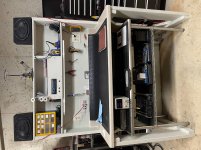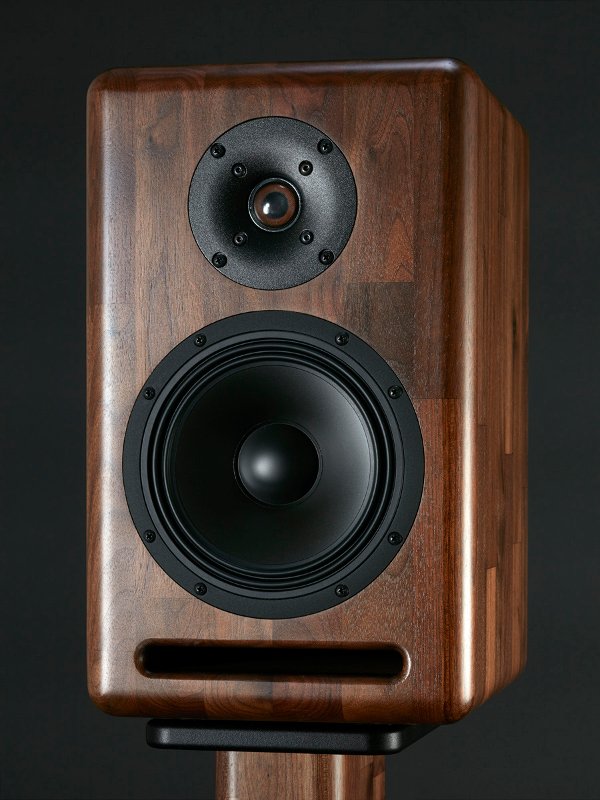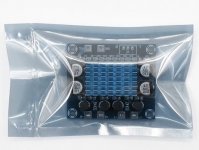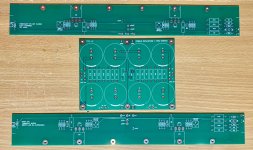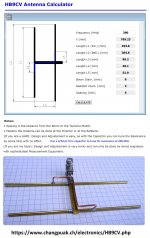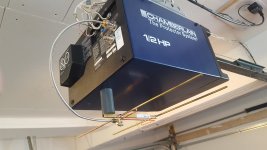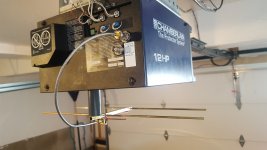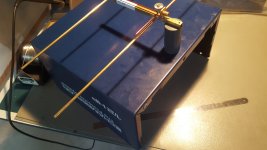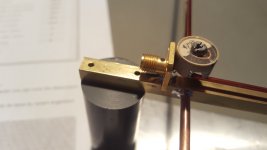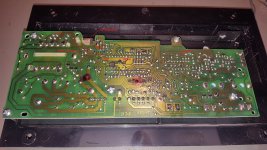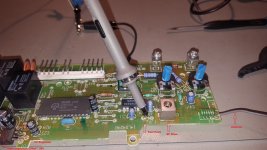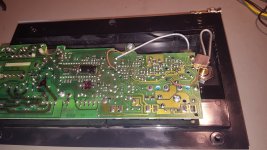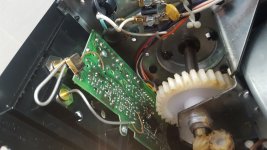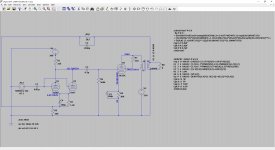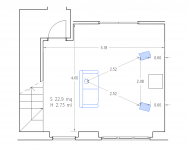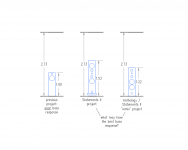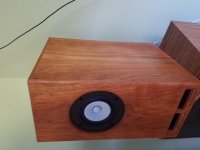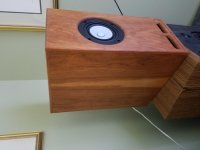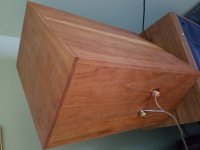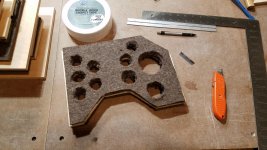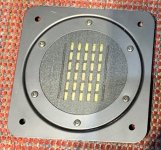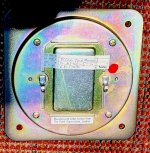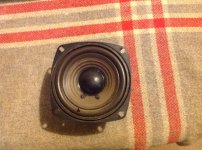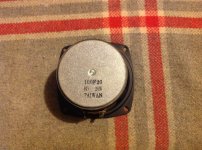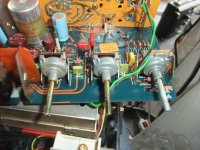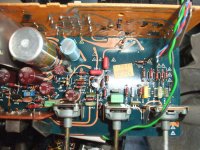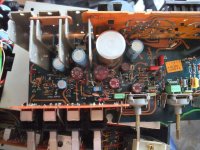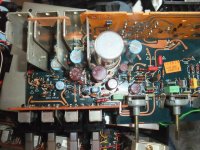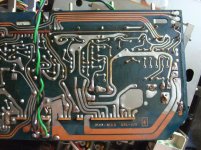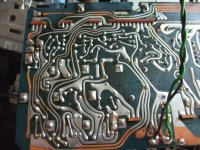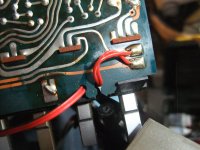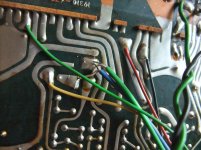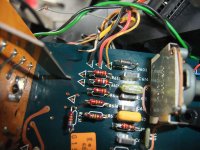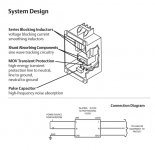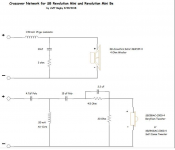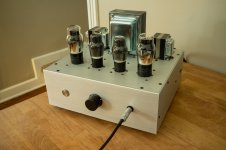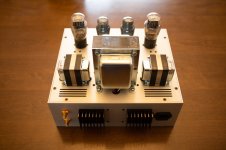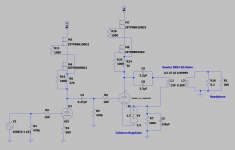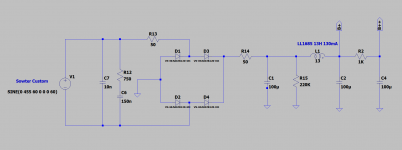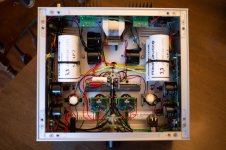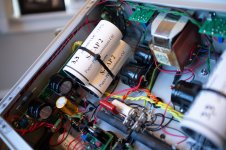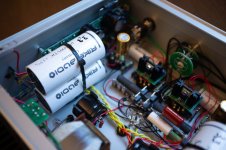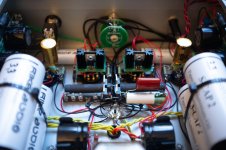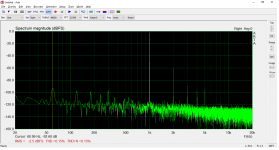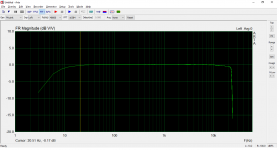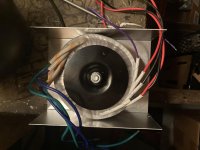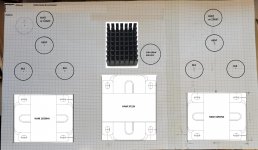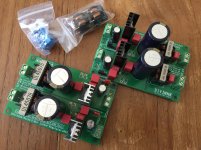Hi im restoring a old blewup PPI 2300M
and i got a problem with the power supply maybe it isnt the power supply
It had some 25N05N blown on 1 Channel
i replaced all with the ones i tought the specs where closser IRF3205
Datasheet
it still has the original Resistors 460 ohms and 2.2k ohms i checked them all and they are on tolerance
the other channel is ok with all the older semicounductors but the drivers because i was having DC voltage on the pads of the audio output on both channels (MPSU06 and MPSU56)
Datasheet i replaced them by the MJE1530G
Datasheet and MJE1531
Datasheet
i had to put them backwards and twist the legs of pins 1 and 2 to match the old drivers
EBC leg configuration
DC on Audio Output pads solved.
so i was having problems on the power supply waveform
the top was a little waved so i finished changing capacitors
Changed the ones with the mpsa056 on top of the ic sg3525a
Datasheet
and got it fixed
for short time wave was looking good but suddenly the waveform went to s*h*i*t*
this graph is taken at the Rectifiers
it looks like its turning on then off and trying again
this one is taken at the Gate
and this one is at the drain
so i took the irf3205 out and tested them with my chinese transistor tester
all of them look good
i removed the rectifiers and turned on the amp and this is the waveforms at the rectifier pads without the rectifiers
so i tested the Rectifiers MUR810
Datasheet
and they tested ok
this is at the gates without rectifiers
this one at the drains without rectifiers
so i think the irf3205 are good
the ic sg3525an is good
Resistors are good
heres the waves of the ic sg3525an
the OSC
PIN1
PIN2
Waveform Yotube Video
Waveform Yotube Video
SG3525AN PIN VOLTAGES (FAILING) - (WORKING SIDE)
1 2.57 - 1 2.60
2 5.91 - 2 4.32
3 0.018 - 3 0.020
4 0.341 - 4 0.340
5 2.070 - 5 2.077
6 3.75 - 6 3.77
7 2.027 - 7 2.030
8 4.90 - 8 4.92
9 6.42 - 9 5.91
10 0.000 - 10 0.000
11 0.019 - 11 2.073
12 0.000 - 12 0.000
13 6.93 - 13 6.67
14 0.021 - 14 2.071
15 7.58 - 15 7.50
16 5.15 - 16 5.17
the audio output original transistors where the Motorola 2N6490 and 2N6487
Datasheet
i got the Onsemi ones
so no problem with that
replaced the bad and missing .22 ohm 2 watt M.O. Resistors
remember 1 channel still has the originals the one that is ok
when i remove all the new 2n6490 and 2n6487 power supply goes back to normal
i check the 2n6490 and 2n6487 with the transistor tester and they test ok
i always had te amp wired to a OCP OVP power supply setted at 12v and capped at 1 amp and i have 1 car light bulb in series on the positive line
voltage between + and - wires after bulb 8.15v
all opamps has their +15-15v
it is posible to still damage a part with this setup?
help im stuck
